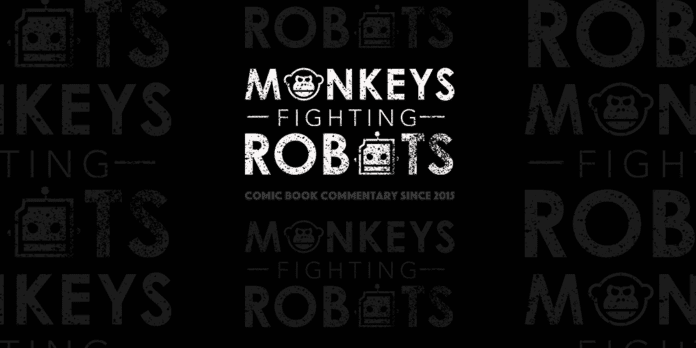Considered to be one of the greats of silent cinema, Buster Keaton is known for directing and starring in films such as Seven Chances, Sherlock Jr., and The General.
The Great Buster is a new documentary directed by Peter Bogdanovich that celebrates the life and career of Keaton. It uses clips, narration, and interviews with modern comedy legends to tell Keaton’s story.
Most of Keaton’s films are undeniably entertaining, and this documentary takes advantage of that fact, basing itself heavily on footage drawn straight from his best and funniest movies. Because of this, the film never loses interest, as the iconic physical and slapstick comedy elicit a large number of laughs. These clips are especially prevalent in the second half of the documentary.

The film can almost be split into two halves, which, although jarring, makes sense. The first half of the movie serves as a biography of Keaton, following his life from his beginnings performing vaudeville as a child with his family through his long and successful career that lasted until his death.
The biographical section of the film functions as a broad survey of Keaton’s life, making it seem destined for educational use. It serves as an excellent introduction to the star if one is not familiar with him. The movie also gives some neat little fun facts about his upbringing that may not be as well known. However, this comes at the expense of deep evaluation of the issues that plagued Keaton’s life, such as his struggle with alcoholism.
The second half of the film is an analysis of the best movies of Keaton’s career, made and released during the 1920’s. This is where a majority of the documentary’s laughs are located, as this section features lengthier clips from Keaton’s filmography in a higher quantity. Additionally, there is some interesting analysis of his work in this part.

The documentary features interviews from multiple significant Hollywood figures. Quite a few of these interviews are very entertaining, and many are rather insightful. Perhaps the best interviews in the film were those of Dick Van Dyke, who knew Keaton personally. These felt the deepest and most sincere. The gaps that the interviews leave in the story are filled by narration from Bogdanovich, which adds a lot of information.
The editing of the movie is rough at times, as the transitions into clips from Keaton’s films aren’t smooth. Particularly frustrating is the documentary’s use of still images. The effects used in an attempt to make the still images less boring are instead distracting. That being said, the framing of the interviews and the use of music are both solid.
Overall, The Great Buster is an exciting documentary about one of the legends of early cinema. Cinephiles won’t want to miss this one for sure, but general audiences will ALSO likely find something to love.
The Great Buster is now playing in select theaters.








